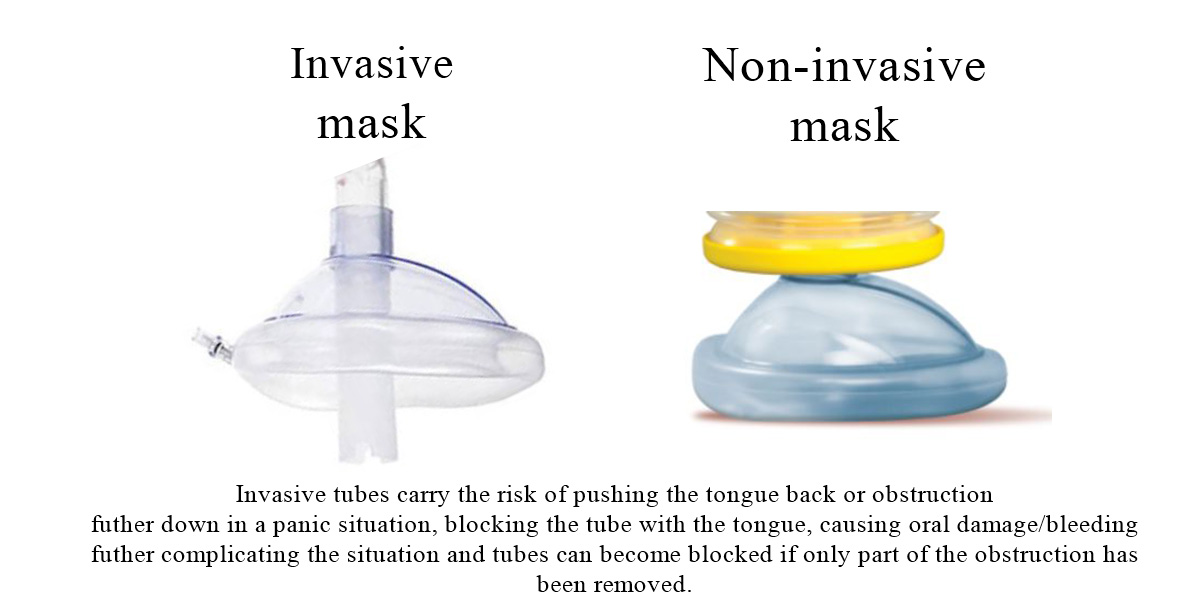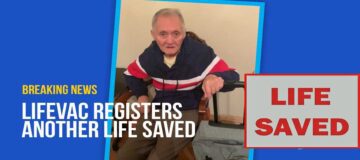This past week, we have read an alarming amount of news articles relating to choking deaths in the care sector and outside of the care sector. In some of these tragic incidences abdominal thrusts and back blows failed and others no help was given, which is very disturbing.
Here is a most recent news article: Care Home Pro
Choking is a “silent killer” so to speak, it can happen to anyone. Eating and drinking is something we do 500–700 times a day without thinking about it. We trust that food, drink, saliva and medicine will pass through the mouth, throat and oesophagus, arriving safely at the stomach. But there are occasions where it isn’t as easy as it sounds.
Dysphagia
This problem, known medically as ‘dysphagia’ (pronounced ‘dis-fay-ja’), affects people of all ages however — babies and children at one end of life’s continuum and the elderly at the other end are most often affected.
Conditions such as premature birth, cerebral palsy, autism, brain injury, cancer to the mouth or throat, stroke, dementia, Parkinson’s disease and other conditions are associated with swallowing problems which can lead to choking on what some of use feel are the simplest of things. We are well aware of choking risks for small children; however, it is less well known that the risk of choking on food is 7 times higher for people over the age of 65 years than it is for 1 to 4 year-olds. This is why choking is one of the leading causes of accidental death in adults over the age of 65. Dysphagia affects about 25–55% of babies born prematurely, 60% of children with a developmental disability, around 50% of stroke survivors and 84% of people with dementia.
Invasive suction (enters oral cavity such as a tube) has been around for many years in ALS (Advanced Life Support) but due to complications is restricted to ALS only trained professionals so that they can counteract these issues.
These complications can make the situation worse, these complications include:
- Pushing the tongue back in a panic situation causing bleeding and the tongue to become an additional obstruction.
- Pushing the obstruction further back.
- Activating gag reflex which will cause aspiration and vomit to enter the lungs.
- Ripping the lingual frenulum causing swelling of the tongue and bleeding.
- Tubes become blocked which renders the equipment useless if only part of the obstruction has been removed.
Due to these complications we invented LifeVac- a non invasive airway clearance device. We have now worked with and equipped over 1590 care and nursing homes across the UK from independent care homes to some of the largest care home providers and saved many lives when standard methods have failed.
We have had some amazing meetings, carried out quite a few demonstrations and trained 3 new care groups these past 3 weeks to help safeguard elderly/vulnerable people who are at risk of choking. LifeVac remains the only non invasive airway clearance device and only airway clearance device with interchangeable sized masks to suit the casualties facial features, peer reviewed publications, independent medical testing and peer reviewed abstracts proving safety, effectiveness and lives saved.




















